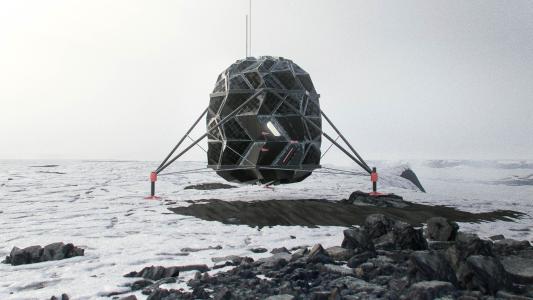This 10-year time lapse of the solar cycle is breathtaking
This weekend, you should probably go stare at the sun.
While this would normally be an ill-advised thing to do, thanks to a recently released time-lapse depicting the sun’s solar cycle, you could do this safely while social-distancing from the comfort of your home.
In February 2010, NASA launched the Solar Dynamics Observatory (SDO), a first-of-its-kind spacecraft with one job to do: study the sun.
Now, using some of the 425 million photos the SDO has collected so far, NASA has created a stunning time-lapse depicting the sun’s solar cycle, an 11-year-long period bookended by the flipping of the star’s magnetic poles.
The Solar Cycle
The hour-long video begins at a point in the sun’s solar cycle called the “solar minimum.” This period is relatively calm, with just the occasional burst of bright light signalling some sort of solar activity, a sunspot or solar flare, for example.
The number and intensity of these bursts increases in the video until they peak near its midpoint — that’s when the cycle reaches the “solar maximum” — and then begin subsiding once again.
When the SDO launched, NASA didn’t expect the spacecraft to capture this entire solar cycle — it was only designed for a five-year mission.
But because it has remained functional for twice that, NASA scientists have been able to collect data on a full cycle — data they can use to predict the sun’s future magnetic activity, which could affect everything from the function of satellites to the health of astronauts.
A Decade of SDO Discoveries
During its decade in orbit, the data collected from SDO has yielded many discoveries — and at least one of which may eventually help us power life on Earth.
In 2019, the SDO led to a discovery of a brand-new type of magnetic explosion that scientists had first theorized existed a decade prior.
That discovery could help researchers figure out how to better control plasma in a lab setting, which could help with the development of nuclear fusion technology.
And the SDO isn’t done yet — it still has its sights fixed firmly on the sun, meaning it could yield new insights in the future that we haven’t even considered.
We’d love to hear from you! If you have a comment about this article or if you have a tip for a future Freethink story, please email us at tips@freethink.com.
